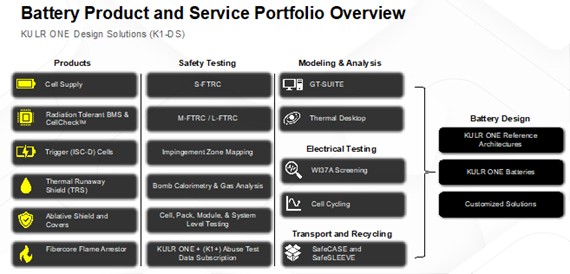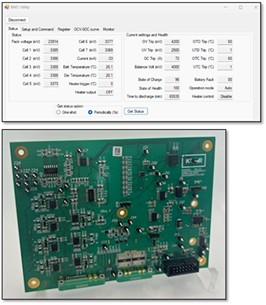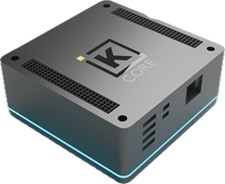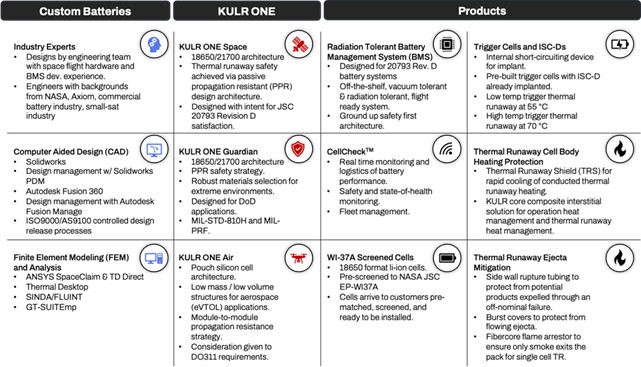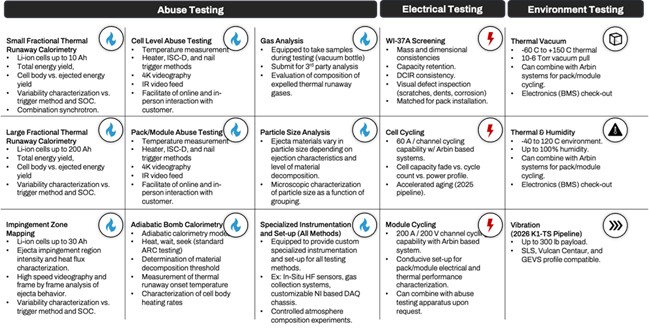Research and Development
Research and development (“R&D”) includes expenses incurred in connection with the R&D of our CFV thermal management solution, high-areal-capacity battery electrodes, and 3D engineering for a rechargeable battery. Research and development expenses are charged to operations as incurred.
For the three months ended June 30, 2025 and 2024, R&D expenses were $2,436,754 and $1,305,186, respectively, representing an increase of $1,131,568 or 87%. The increase was comprised primarily due to planned increases in R&D services and new hires in 2025, and an increase in stock-based compensation from additional awards granted in 2025.
For the six months ended June 30, 2025 and 2024, R&D expenses were $4,886,654 and $2,259,811, respectively, representing an increase of $2,626,843 or 116%. The increase was primarily attributable to planned increases in R&D services and new hires in 2025, and an increase in stock-based compensation from new awards granted in 2025.
We expect that our R&D expenses will increase as we expand our future operations.
Selling, General and Administrative
Selling, general and administrative expenses consisted primarily of stock-based compensation, marketing and advertising, salaries, payroll taxes and other benefits, Board compensation, accounting and tax, consulting fees, travel and entertainment, rent expense, office expenses, and legal and professional fees.
For the three months ended June 30, 2025 and 2024, selling, general and administrative expenses were $6,941,599 and $4,594,500, respectively, representing an increase of $2,347,099 or 51%. The increase is primarily due to planned investments to support our growth related activities, including additional advertising and marketing services, professional and consulting fees, and increased salaries and stock-based compensation from new hires and new grants awarded in 2025.
For the six months ended June 30, 2025 and 2024, selling, general and administrative expenses were $13,573,072 and $8,807,401, respectively, representing an increase of $4,765,671 or 54%. The increase is primarily due to planned investments in growth related activities that we anticipate will accelerate our growth going forward, including additional advertising and marketing services, professional and consulting fees, travel related expenses, and increased salaries and stock-based compensation from new hires and new grants awarded in 2025.
Impairment Expense
For the three and six months ended June 30, 2025, impairment expenses were $786,397 and $1,355,174, respectively, due to the write-off of equipment deposits. There were no impairment expenses for the three and six months ended June 30, 2024.
Other Income (Expense)
For the three months ended June 30, 2025 and 2024, other income (expense), net was $17,593,189 and $(563,470), respectively, representing an increase of $18,156,659. The change is primarily attributable to the $17,367,660 unrealized gain on Bitcoin holdings due to the three-month change in market price of Bitcoin from $82,560 on March 31, 2025, to $107,176 on June 30, 2025, a decrease of $527,199 for amortization of debt discount in connection with merchant cash advances, an increase of $168,975 from interest earned from the licensing agreements, an increase of $61,415 for the change in fair value of accrued issuable equity, and a decrease of $31,410 in interest expense due to the full repayment of the prepaid advance liability on March 27, 2024.
For the six months ended June 30, 2025 and 2024, other income (expense), net, was $8,230,336 and $(915,609), respectively, representing an increase of $9,145,945. The change is primarily attributable to the $7,619,060 unrealized gain on Bitcoin holdings due to the six-month change in market price of Bitcoin, from $93,384 on December 31, 2024, to $107,176 on June 30, 2025, a decrease of $619,398 for amortization of debt discount in connection with merchant cash advances, an increase of $337,399 from interest earned from the licensing agreements, an increase of $335,015 for the change in fair value of accrued issuable equity, a decrease of $153,715 in interest expense due to the full repayment of the prepaid advance liability on March 27, 2024, and an increase of $81,358 from the gain on debt extinguishment.

